Red Light Therapy For Tendonitis: A Complete Guide
Introduction
Tendonitis refers to a type of condition associated with tendon irritation and inflammation. A tendon is a thick fiber that keeps the muscles attached to bone. The condition causes severe pain in the overall joint.
Tendonitis generally occurs around your elbows, shoulders, heels, knees, and wrists. It may be caused due to sudden injuries, repetitive motions, or stress over a certain tendon. You can observe symptoms like swelling, pain, and difficulty in movement.
Red Light Therapy comes to the surface as an effective and non-invasive therapy for tendonitis. Red infrared light offers a medicine-free and pain-free alternative treatment as compared to other painful physical therapies, surgeries, and medication.
Understanding Tendonitis
Tendonitis has a great impact on the mobility and overall quality of human life. It causes pain even in simple movements and makes it difficult to perform tasks that require tendons. The condition does not affect physically active people or athletes but affects people who are involved in the same activities. The repetition of the same movement daily puts a lot of stress on the tendons and causes severe pain.
Tendonitis commonly affects the following areas:
- 1. Ankle: Achilles tendon
- 2. Shoulder: Rotator cuff tendons
- 3. Knee: Patellar tendon
- 4. Wrist: Flexor and extensor tendons.
- 5. Elbow: medial epicondyle in golfer’s elbow and lateral epicondyle in tennis elbow
Most conventional therapies for tendons mainly focus on reducing inflammation and relieving pain. These treatments include ice, rest, compression, corticosteroid injections, NSAIDs, physical therapy, and elevation (RICE). All of these treatments do provide some relief but come with some side effects and limitations.
The Science Behind Red Light Therapy
Red infrared Light Therapy refers to low-level light therapy. It uses red light at a certain range of wavelength such as 850 nm red light therapy or 660 nm red light therapy. The penetration stimulates cellular activity and increases blood circulation, which reduces inflammation and speeds up the recovery process of the skin.
Red Light Therapy has the ability to trigger the cellular activities of the cell on the mitochondrial level by increasing cellular energy production. The increased energy production leads to a reduction in inflammation and enhancement in the tissue repair process.
Also, Red Light Therapy is superior to other light treatments like IPL or UV light therapies because it leaves no damage on the surface of the skin. For instance, UV light is employed for treating wrinkles and age spots. But it uses a beam of intense light which is a painful experience and may not be effective for certain skin conditions and types. Unlike UV light therapy, Red Light Therapy gives a non-invasive and pain-free treatment experience without having any side effects.
Red Light Therapy For Tendonitis
Various research and studies support the use of Red Light Therapy for the treatment of tendonitis. Research claims that RLT significantly reduces pain, eliminates inflammation, and enhances the natural repairing process of injuries in tendons. These studies also show the effective ability of the LED red light to decrease the healing time and improve the functionality of the body. This efficiently makes RLT an effective way to treat tendonitis.
Evidence And Research
The Journal of Orthopaedic Surgery And Research published a review of multiple studies analysis on RLT for musculoskeletal problems like tendonitis. According to the review, RLT efficiently relieves pain and enhances the functional performance of the person.
Clinical studies on the effectiveness of Red Light Therapy for treating tendonitis experience positive outcomes. These trials show improvement in pain reduction and faster healing after undergoing RLT sessions.
Case Studies And Testimonials
Real-life experiences and testimonies from patients signify the effectiveness and non-invasive ability of the RLT. For example, athletes who were suffering from severe elbow tendonitis have seen a reduction in the pain and improvement in the mobility of the joints after a consistent use of Red infrared Therapy.
People who have shoulder tendonitis noticed a faster healing process and less reliance on painkillers after using LED red light with other physical therapies.
Mechanisms
RLT reduces the effect of tendonitis with different processes.
- 1. Enhancing Cellular Regeneration And Repair: RLT stimulates cellular energy and activity, which increases the repairing of damaged and injured tendon fibers.
- 2. Increasing Blood Circulation: RLT improves the flow of blood in the injured area which increases the nutrients and oxygen supply and removes the toxic product from the blood. The whole process results in a faster healing process.
- 3. Reducing Inflammation: Red Light Therapy reduces the production of cytokines which is mainly responsible for pain and inflammation.
How To Use Red Light Therapy For Tendonitis?
The RLT device you choose for treating tendonitis must be FDA-approved. It is crucial to use a light that emits infrared red light specifically at a certain wavelength to treat tendonitis. The general range of red light wavelength ranges from 630-670 nm and near-IR light ranges from about 810-220 nm. Ensure that the device must have an appropriate size to provide light to the damaged area. It must contain features to customize the settings and intensity of the light.
For treating tendonitis, conduct a professional LED light therapy machine session for about 5-15 minutes. The duration may vary depending on your condition and intensity of the device. For effective results, conduct an RLT session 3-5 times in one week. It is important to start the treatment with less intensity and gradually increase the intensity as per your comfort level.
Red light therapy for face is basically a safe treatment with rare side effects. Some people may experience irritation or redness in their skin in the affected area. The direct exposure of the light to the eyes may cause eye strain.
By following these guidelines, one can easily experience positive results from red light therapy device sessions in managing tendonitis.
Complementary Treatments And Lifestyle Changes
You can also incorporate other lifestyle changes and complementary treatments with Red Light Therapy to enhance the recovery time from tendonitis. Adding anti-inflammatory foods to your diet like lean proteins, omega-3, vegetables, fatty acids, and fruits promotes healing and reduces inflammation. Physical therapy has the ability to treat tendonitis effectively with the help of specific exercises. These exercise moves improve flexibility, enhance strength in the muscles, and decrease the stress over the affected area.
For an effective outcome, adopt a healthy lifestyle and follow some preventive measures to treat tendonitis. Take regular breaks while doing repetitive tasks, this reduces the stress on the affected tendons. Do regular exercise to strengthen your muscles and increase flexibility. Bringing changes in your lifestyle complements the treatment process and brings positive outcomes.
What To Expect From Red Light Therapy Treatment?
You need to set realistic goals when you use professional LED light therapy machine to treat tendonitis. Multiple patients have indeed experienced positive outcomes in pain management and mobility. However, the healing time may differ from person to person depending on their condition severity. Red Light Therapy generally offers a ton of effective outcomes which become more prominent after consistent use of LED light therapy sessions.
Red Light Therapy does not only provide an immediate decrease in symptoms but contributes highly to improving tendon health and joint improvement in the long run. By reducing inflammation and increasing cellular repair, the therapy significantly maintains the health of the tendon and prevents it from future injuries. If you do not see any positive results for a while, consult with your doctor right away.
Conclusion
Red light therapy device stands out as an incredible way of treating tendonitis. The pain-free and non-invasive nature of RLT makes it a more ideal treatment. The ability of RLT to reduce pain, minimize inflammation, and increase the healing process makes it an effective treatment plan. People with tendonitis are advised to undergo infrared red light Therapy sessions along with some necessary lifestyle changes to enhance the results.
If you're looking for an effective and portable solution to help alleviate the symptoms of tendonitis, look no further than the Bontanny Portable Series Red Light Therapy Device. This innovative device uses red light therapy to help reduce inflammation and promote healing in the affected area.
With its compact size and easy-to-use design, you can take it with you wherever you go, making it the perfect solution for anyone looking to manage their tendonitis symptoms on the go. So why wait? Try today and start feeling better in no time!
FAQs
Is red light therapy effective for all types of tendonitis?
Red Light Therapy is surely an effective way to treat different types of tendonitis, but the results on people may vary. RLT shows more effective and positive results when used with other therapies, like lifestyle adjustments and physical therapy.
How much does Red light therapy cost, and is it covered by insurance?
The price of a single RLT session may vary as per the setting of the treatment and device type. Not all insurance covers RLT for tendonitis, therefore, it is crucial to consult with your RLT provider before starting the therapy.
Where can I find red light therapy treatments?
RLT is available at various clinics, wellness centers, and spas. You can also purchase at home red light therapy and experience the whole infrared light therapy session at home without visiting any clinic or center.
How can I integrate LED light therapy into my tendonitis treatment plan?
Firstly, have a detailed meeting with your physical therapist or healthcare provider to understand how RLT can fit into your current treatment plan. They can give you better suggestions on how you can properly incorporate the RLT with specified duration and frequency.


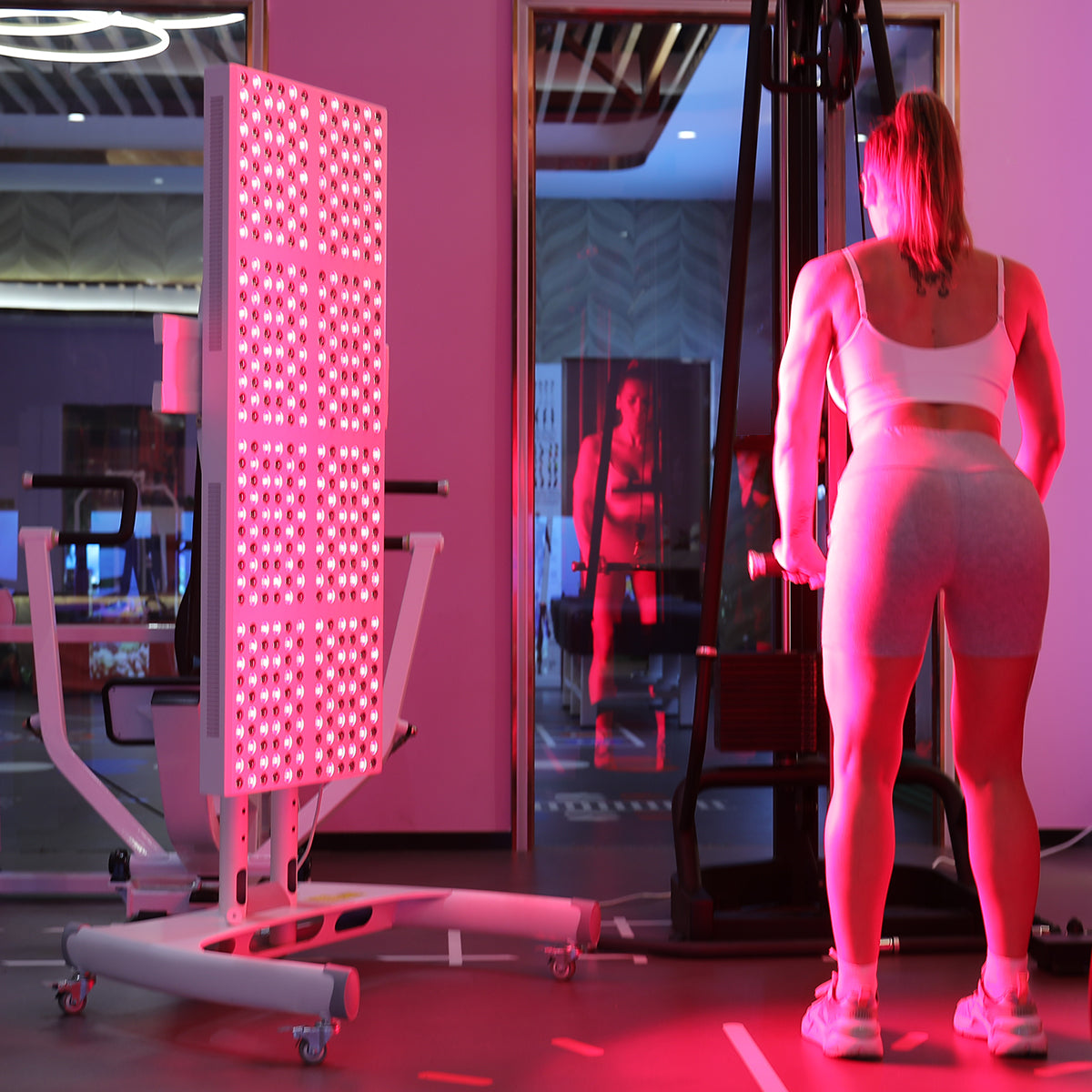

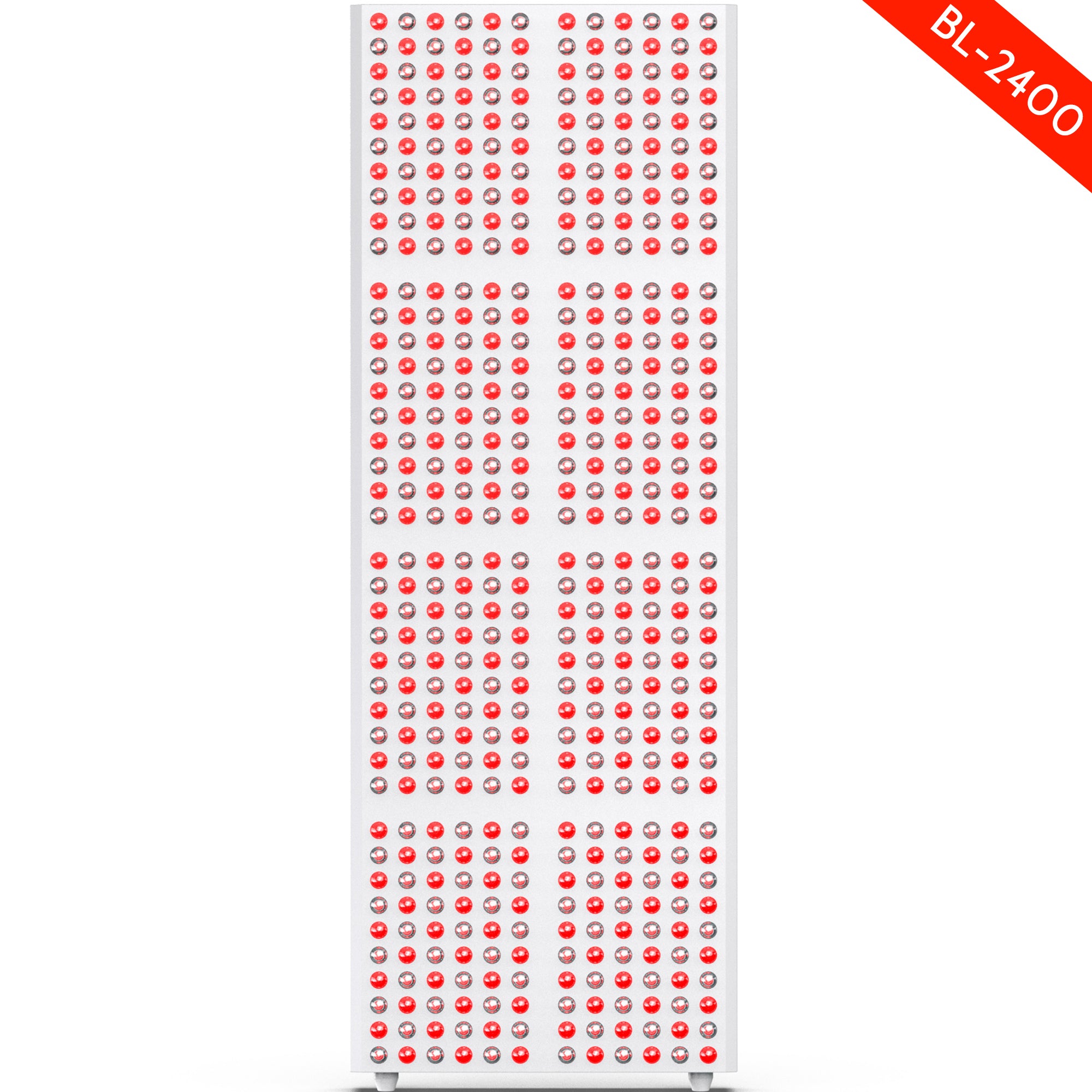
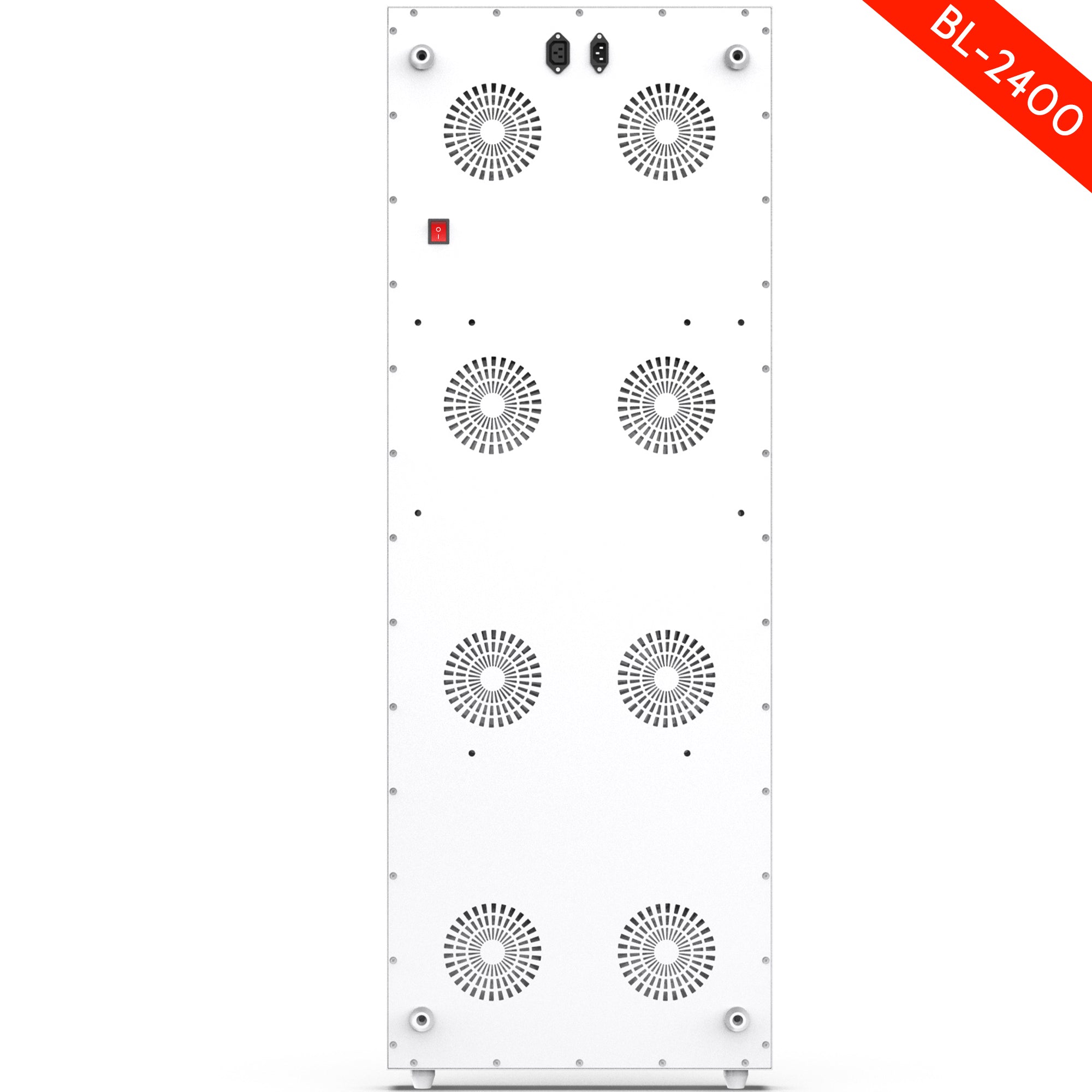
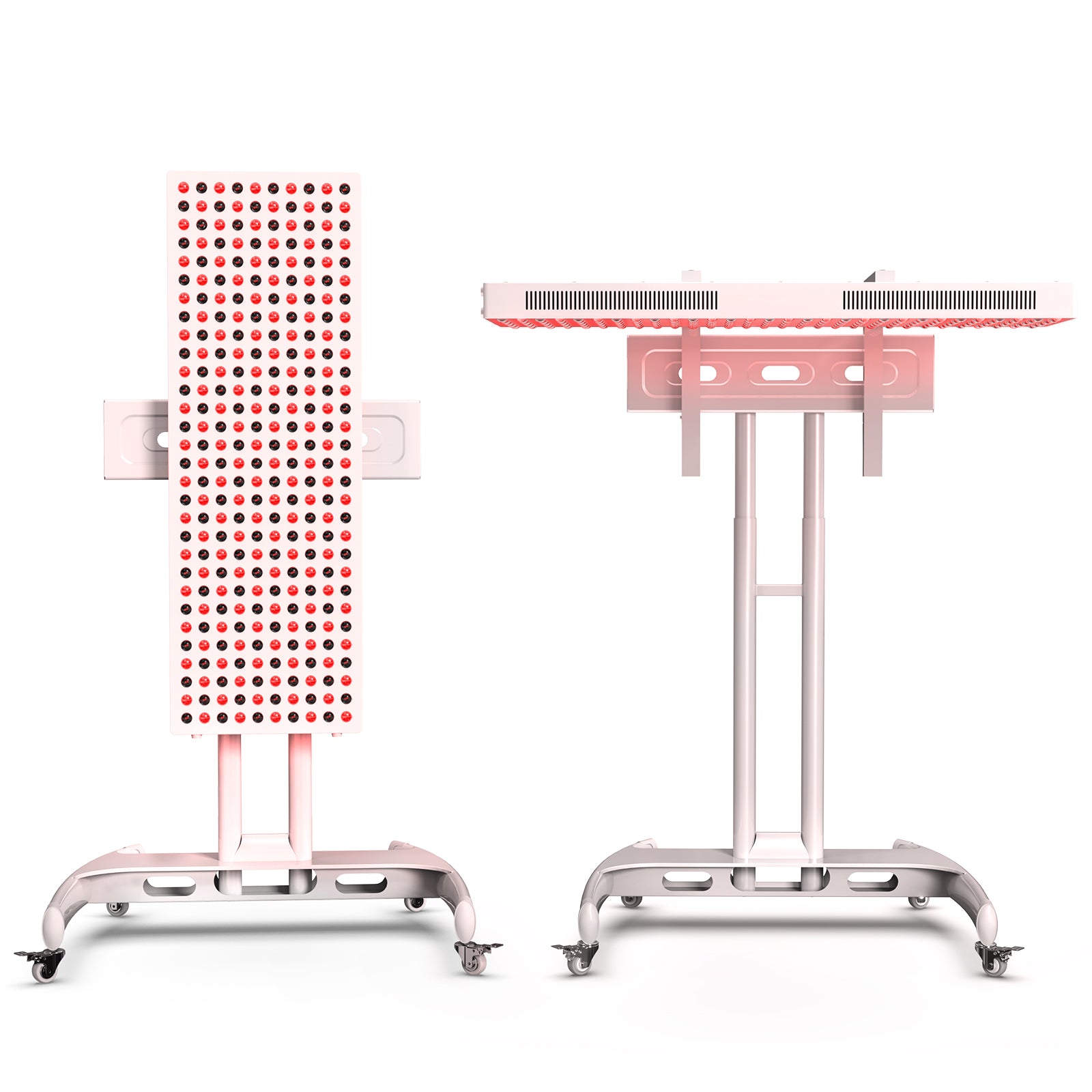

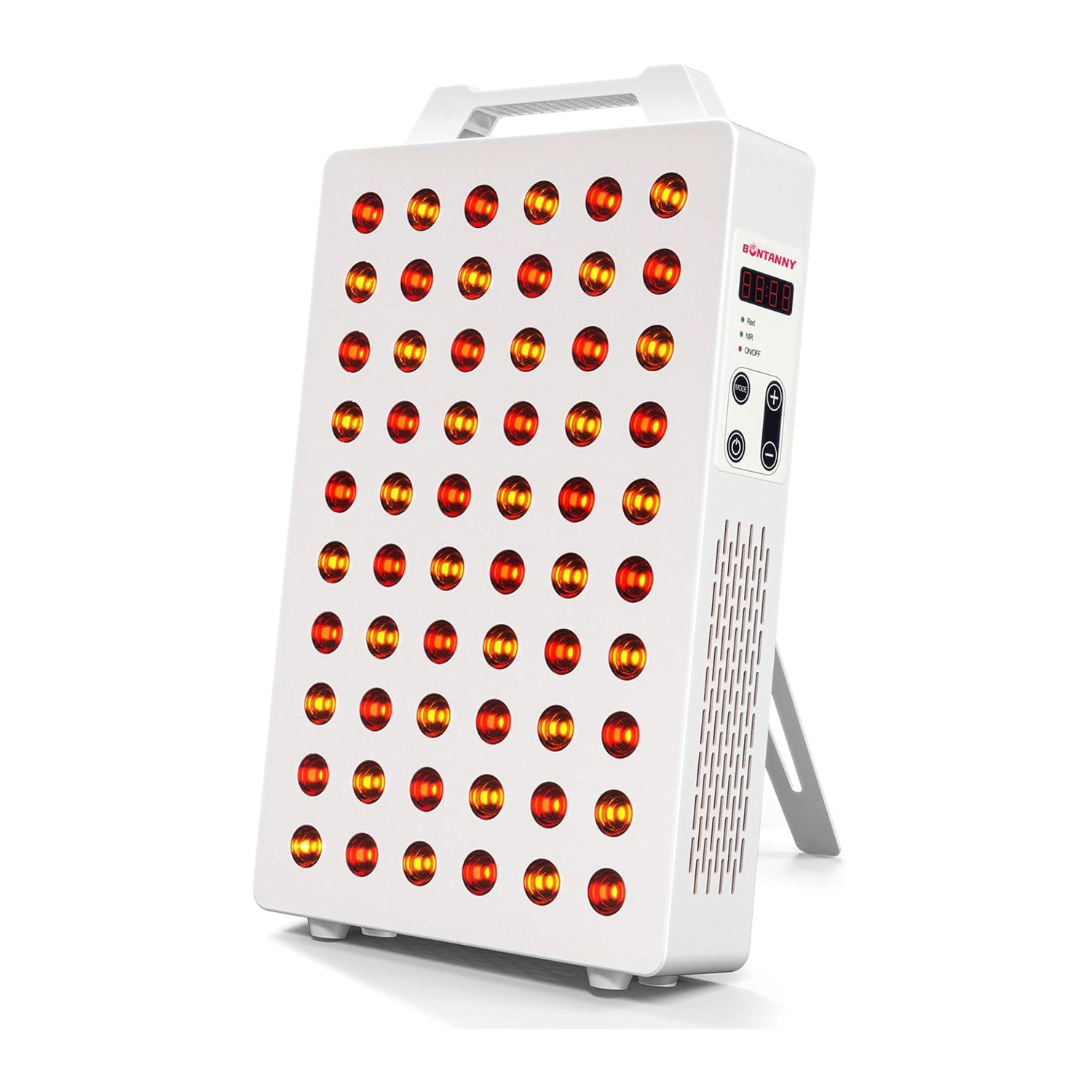
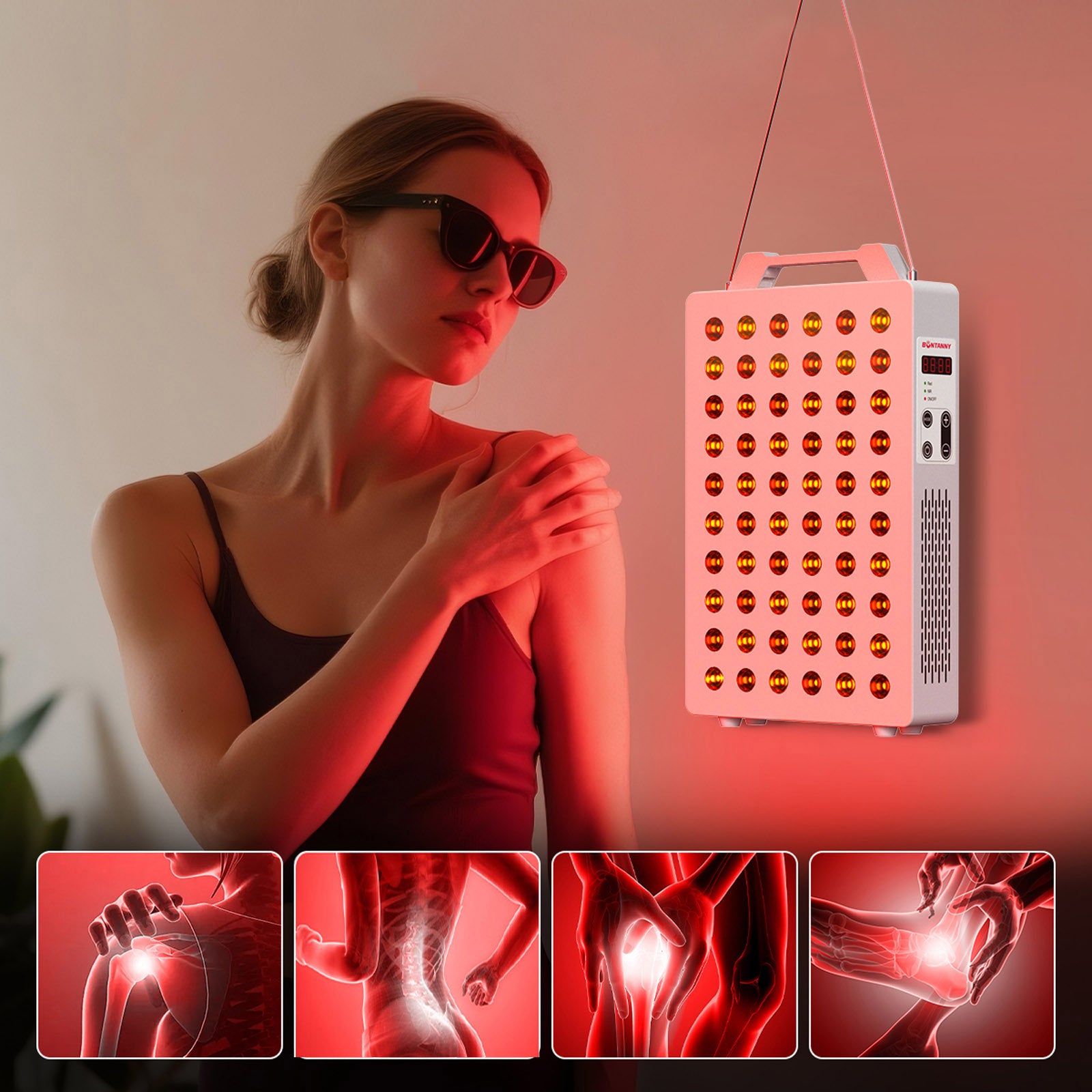
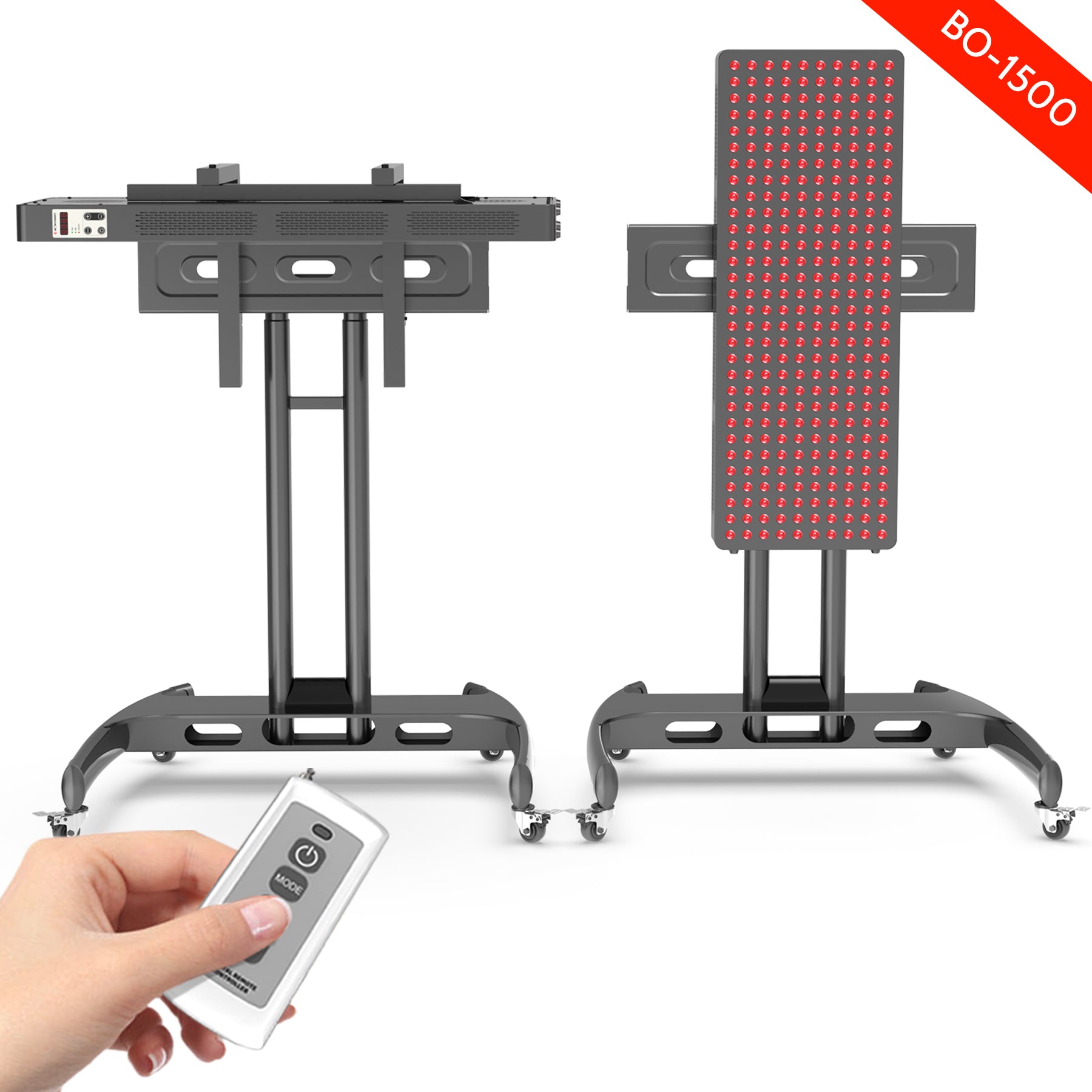
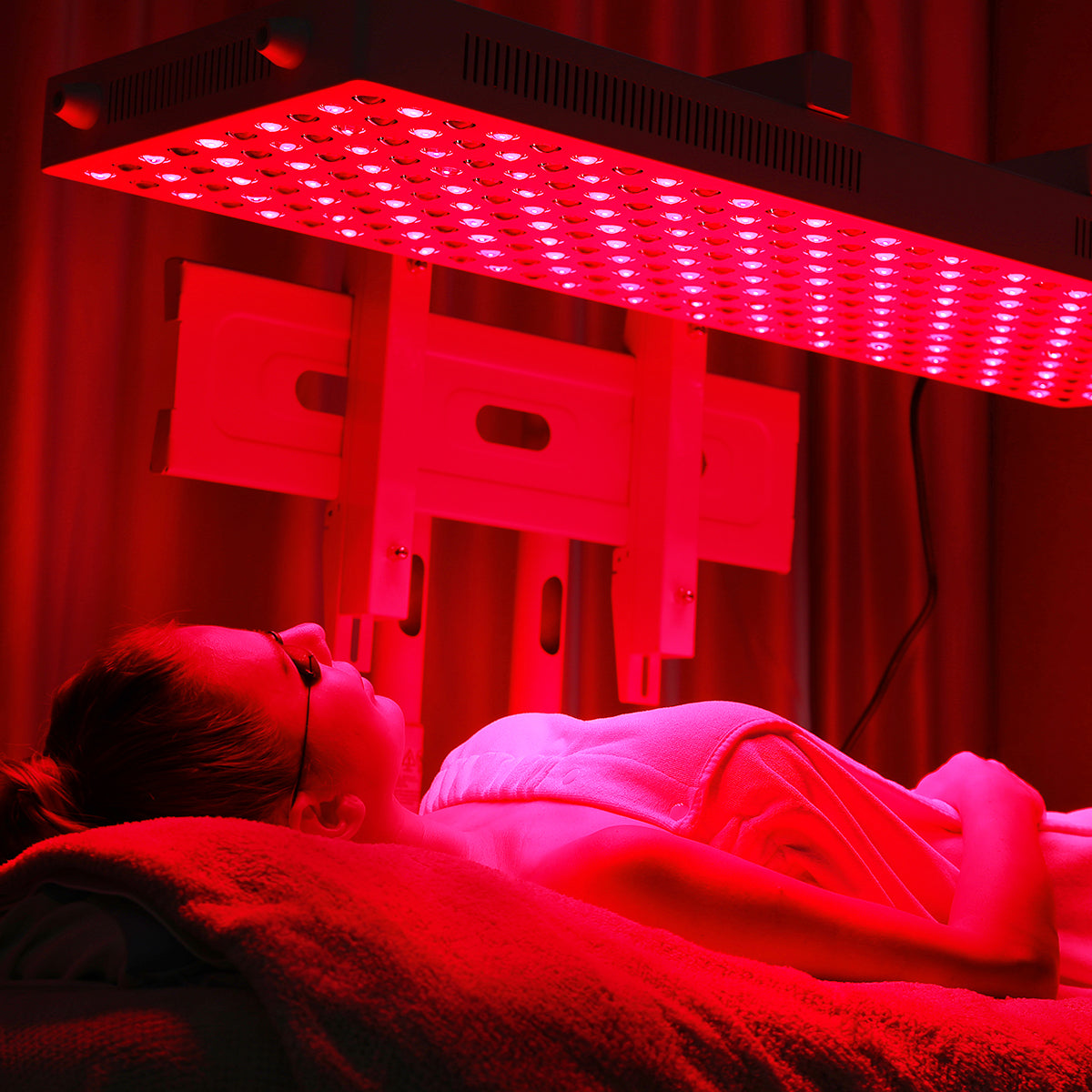
Leave a comment
This site is protected by hCaptcha and the hCaptcha Privacy Policy and Terms of Service apply.